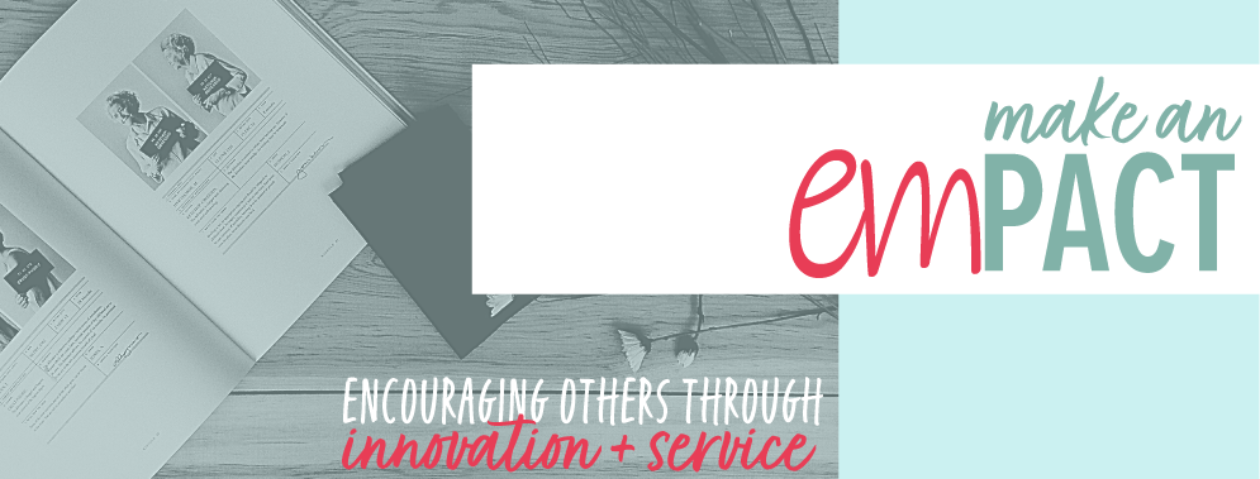Time management for event professionals sounds like an oxymoron. Let’s be real friends, we have the fifth most stressful job in the US. If I had the answers to how we can better manage our time, I’d be a millionaire. But disclaimers aside, there are some simple steps you can take today to start being the master of your time.
First things first, stop wearing busy as a badge of honor. If you are sending emails at 1 AM, you aren’t doing yourself any favors. Instead, wave the white flag, there is no shame in ASKING FOR HELP. How can you do that if you aren’t part of a big team? Surround yourself with the best and brightest, luckily you are part of an amazing network of meeting professionals with MPI. Take some time to build your own peer group. Look at MPI to start building your cohort and reach out to similar orgs for people who do what you do. There is no need to start from scratch every time – chances are someone has been where you are and can offer advice.
Secondly, stop multitasking, it’s actually not doing you any favors. What you’re actually doing is task switching and science tells us that we are losing 40% of our productivity when we “multitask” – nobody has time for that! You are literally changing tasks 160 times a day and all those interruptions cost US Businesses $588 billion annually. Instead, consider breaking your tasks and meetings into 15 minute bites and rewarding yourself for staying on track with a 15 minute break! Organized Audrey has some great resources here that can help get you started.
And while your at it, pay better attention. Turn off your phone, disconnect from social media, use a timer to keep meetings on track, find a quiet place to work (can you telecommute one day a week?), and separate work from home to the best of your abilities. Making these small changes actually reduces stress and increases productivity. And remember, the first day of any new routine is always the easiest, so make sure you find an accountability partner who you are checking in with to stay on track past the first week.
Take an inventory of what your biggest time wasters are – email, social media, meetings? Is there something that you can say no to? Take a close look at what you are involved in and be strategic about where you are spending your time. But don’t be too hasty to cut out volunteerism in your professional organization, involvement in MPI pays for itself, it certainly has saved me both time and money thanks to the relationships that I have built.
One of my favorite MPI Indiana seminars was lead by CJ McClanahan, he reminded us that we all have the same 24 hours in a day, it’s about how we choose to spend them. You have the power to decide where you invest your attention and energy for the maximum impact. So, start being more strategic and less distracted, and you might inch a little closer to achieving the ever-elusive work-life balance.


